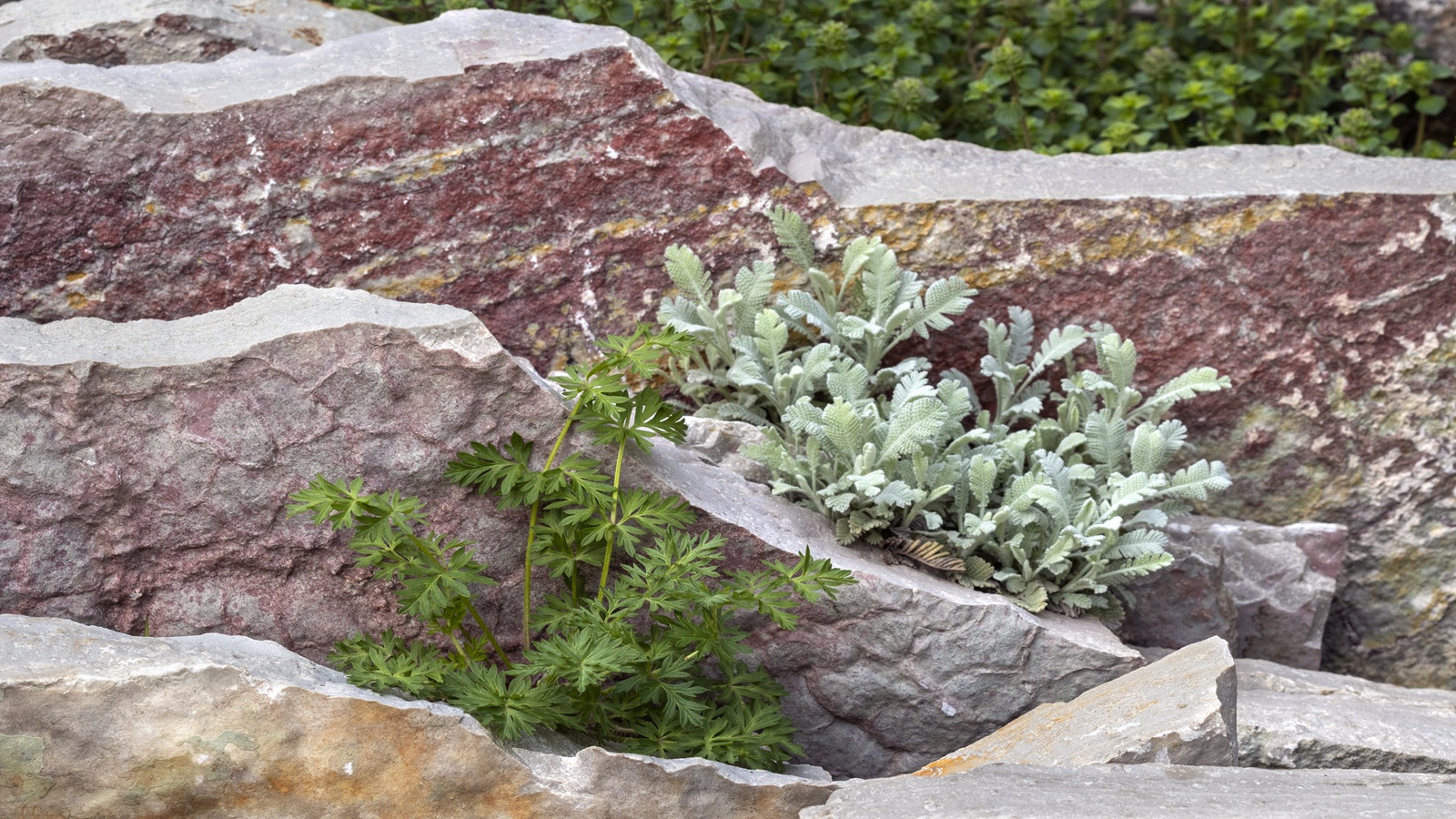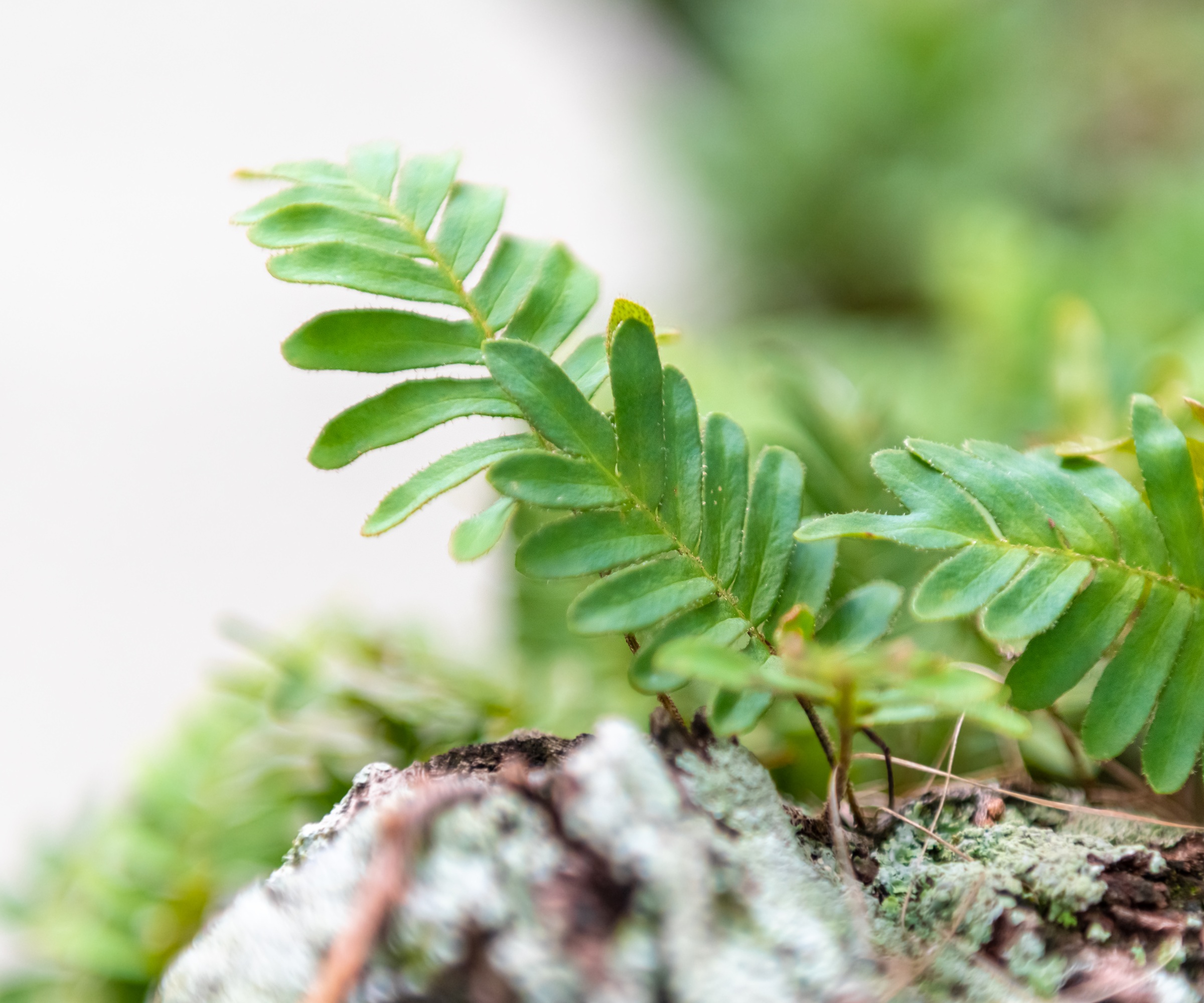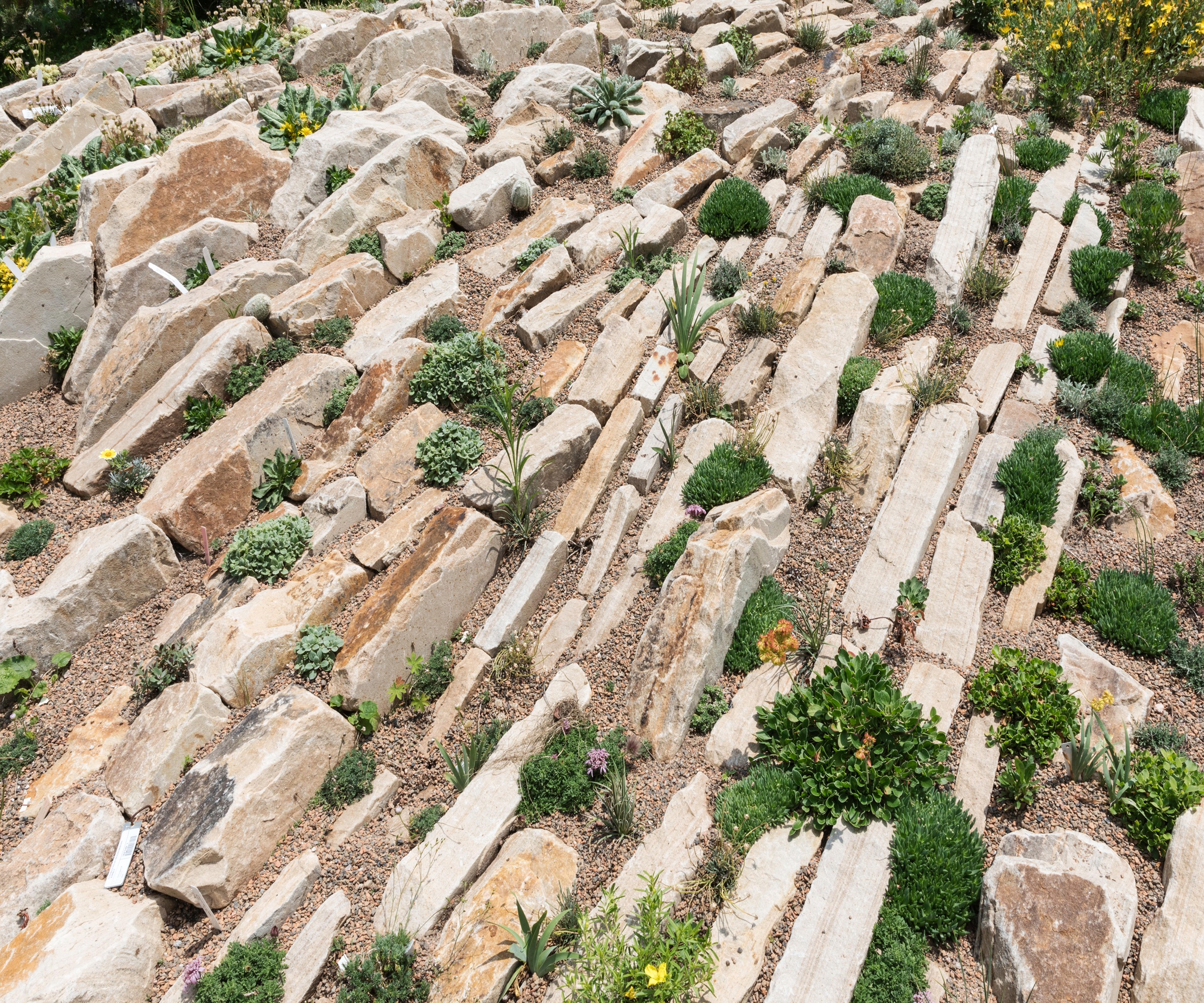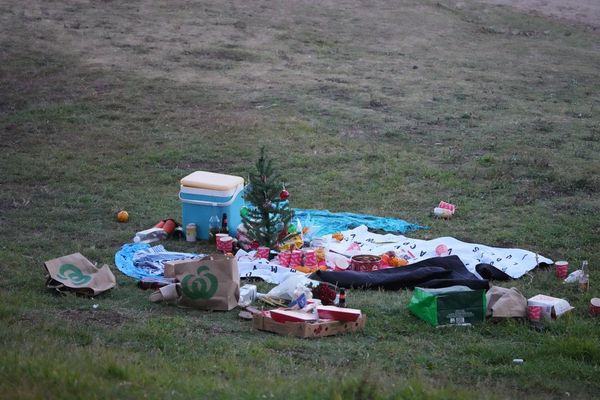
Crevice gardens are currently captivating landscape architects and home gardeners alike. Easy to build and care for, great for drought tolerant plants and xeric landscapes, these create a whole host of new and exciting planting possibilities. Just a glance of the three giant crevice planters in the Steppe Garden at Denver Botanic Gardens, Colorado are bold and fascinating examples of how exquisite this form of gardening can be.
Simulating natural rock formations, a crevice garden is an area where slimline rocks are placed vertically, parallel to each other creating a series of crevices and gullies. Filled with grit, sand and peat-free potting soil they can then be planted with a wide range of alpines, succulents and other rock garden plants.
Easier to maintain than a rock garden, where weeds often take over, a crevice garden adds contemporary drama with its clear lines and undulating forms. Introducing a whole new plant world in miniature, this is the perfect summer yard project.

Starting a crevice garden
Simple and fun to construct, and even more fascinating to plant, a crevice garden can be tailored to suit your yard, climate and location and provide the opportunity to expand your planting choices.
‘Once planted, your crevice garden will slowly knit together into a living tapestry of textures, flowers, and color—and best of all, it’s nearly self-sustaining once established,’ says master gardener and High Countries Gardens representative Tabar Gifford.
How to create a crevice garden – the dos and don'ts

Creating a crevice garden is simple job and hugely rewarding too. ‘These gardens are designed to mimic rocky mountain environments, where plants thrive in narrow pockets of soil between vertical rock faces,’ explains Tabar.
Decide on the area you wish to use and the scale the project accordingly. ‘The key is mimicking the natural look of stone outcrops where hardy plants flourish with minimal soil,’ she adds.
Draw the outline of your crevice garden on the ground using a line of sand, a ring of blocks or a spray paint marker such as this one from Amazon. This will enable you to visualise the end result, assess the proportions and easily make adjustments before any construction starts.
‘Start by shaping a soil berm – a gently mounded base that lifts the garden above the surrounding soil,’ advises Tabar. ‘Into this berm, place flat stones like flagstone, slate, or sandstone vertically, angling them slightly back to create deep, narrow crevices between each slab. These crevices will become planting channels, perfect for deep-rooted, drought-tolerant plants.’
Take time to lay each stone, ensuring they run parallel and slightly overlap each other for a natural look. Tom also suggests, ‘They are best sunk with 2/3 underground. Rocks should also be large enough to create aboveground contours rather than being level with the soil. The best crevice gardens are undulating, again, trying to emulate a natural effect.’
Another top tip is to vary the space between the rocks to create narrow cervices as well as wider gaps. Todd Boland, President of the North American Rock Garden Society and Horticulturalist, explains: 'Again, we are trying to simulate nature, where nothing is ever evenly laid out. Lastly, the soil needs to be well-drained. A mix of 3 parts coarse, washed sand and 1 part topsoil is great. The soil should be tightly chinked between the rocks, so the soil does not settle unevenly.’
Check the soil fills each gap fully, without leaving any air pockets. Gently ramming the soil mix into each crack and crevice using the handle of the spade or hand trowel can be helpful.
Good planting practices will ensure your crevice garden gets off to a flying start. Before removing any plants from their pots, work out where they are going to go. Arrange in situ and once you are happy with the arrangement, soak them in water, slip off the pots and tease out the roots.
Plant to the same soil depth as each plant was in its container. Firm soil around the base and top with grit or gravel.
What types of stone to use

Stone choice is not just a matter of aesthetics; some rock types are naturally more suited than others. ‘Generally, sedimentary rocks are used (sandstone, siltstone, shale, limestone) as these have a tendency to break in flat angles as opposed to being chunky like igneous rocks such as granite,’ explains Todd Boland.
‘Crevice garden rocks are usually flat on two sides, that allow them to be placed parallel to each other, simulating the layered effect of natural crevice gardens,' he continues.
How to lay the stone

Choosing the direction to lay the stones is all important, as this will influence your plant selection and how well they thrive.
‘If the rocks are laid out north to south, it is ideal for alpine plants that prefer sunny conditions. The east side will have morning sun and the west side, afternoon,’ continues Tom.
‘If the rocks are laid west to east, then the south side will be very hot and sunny, ideal for succulents and cacti, while the north side will be mostly shaded, great for small ferns and more woodlander type plants. Make sure these are well anchored to prevent heaving.’
Essential kit for creating a crevice garden

Here’s what we recommend for building your own crevice garden:
6ft (2m) Rock bar for manoeuvring large boulders easily. Try this robust True Temper Pinch Point 66inches Crowbar from Amazon.com.
Spade – choose one with high sides - such as this Heavy Duty Square Shovel from Walmart- to make shovelling loose sand and aggregate a breeze.
Trowel – a slimline design such as this from Walmart will make filling narrow gaps easy.
Soft bristle hand brush – use to clean grit and soil off stones
Flat stone slabs – limestone, flagstone, slate, or sandstone work well for forming the upright crevices
Lean, fast-draining soil mix: 50% good garden loam to 50% coarse aggregate, such as large perlite, crushed gravel, or expanded shale. Stone Farm Materials have a good selection.
Crushed gravel mulch – Use 3/8″ angular gravel to top dress the planting channels. This helps retain soil moisture near the roots while preventing rot and weed growth.
A selection of small rockery plants; including miniature alpines, sun loving succulents, delicate ferns and woodland plants. Try High Country Gardens and Wrightman Alpines for a wide and inspiring plant selection.
FAQs
How can I keep my crevice garden looking its best?
Taking time and care to plan your crevice garden will have a big impact on the end result. Besides running stones in one direction, it pays to keep materials pared back and simple.
'Stick to one type of stone for a natural, cohesive look,' says Tabar Gifford. 'Slanting the slabs back slightly (especially in dry climates) helps water soak into the root zone – a natural trick borrowed from mountain slopes. If you’re working in a wetter climate, lay the stones to shed water away from the planting channels.'
If, like us, you now have a fascination for planting up rockscapes and all things succulent and alpine? Then take a look at how to create a rock garden in a container - a brilliant small scale project for all the family. Seeking more drought tolerant plant and texture inspiration, be sure to scroll through this account of the extraordinary Karoo succulent garden recently shown at RHS Chelsea Flower Show 2025.







